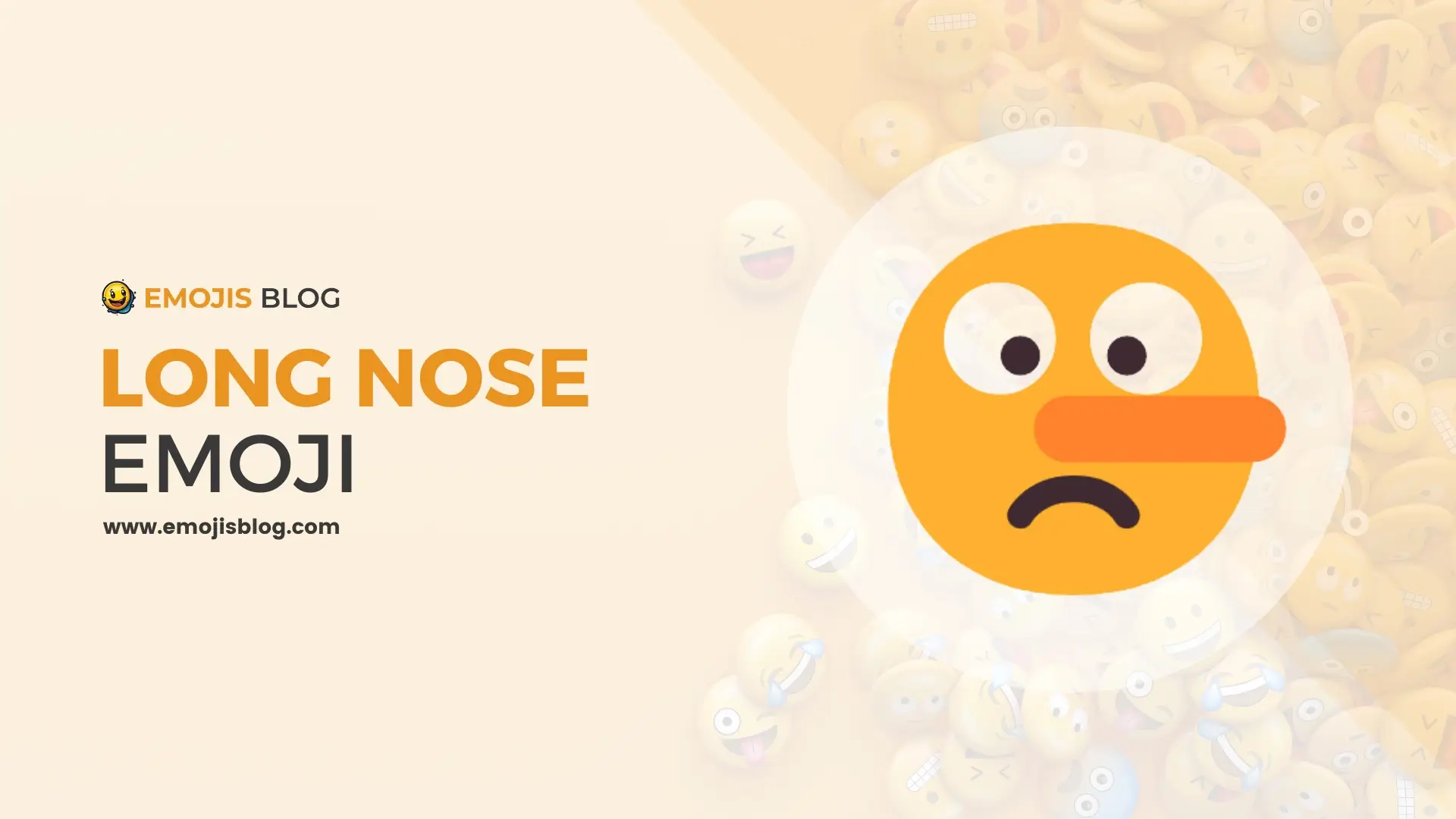What Does The Long Nose Emoji 🤥 Mean? | Lying Face
🤥
Long Nose/Lying Face Emoji 🤥 Meaning
The 🤥 emoji, commonly known as the “Long Nose Emoji,” is inspired by the character Pinocchio, a fictional puppet whose nose grows longer whenever he tells a lie. This emoji is widely used in digital communication to signify dishonesty, exaggeration or to convey a playful or sarcastic tone. Its design typically features a face with an exaggeratedly long nose, clearly referencing the classic tale of Pinocchio. Since its introduction, it has become a popular way to add humor or light-heartedness to messages, especially in contexts where someone is jokingly admitting to a small fib or playfully accusing someone of not being entirely truthful.
Technical Information
| Attribute | Details |
|---|---|
| Emoji | 🤥 |
| Name | Long Nose Emoji |
| Also Known As | Lying Face, Pinocchio |
| Unicode Version | Unicode 9.0 |
| Emoji Version | Emoji 3.0 |
| Category | Smileys & Emotion |
| Subcategory | Face Negative |
| Introduced In | 2016 |
| Codepoint(s) | U+1F925 |
| Shortcode(s) | :lying_face: (in some platforms) |
| Keywords | Lying, lie, face, long nose, Pinocchio, dishonest |
| Variations | None |
| Typical Usage | To indicate lying, exaggeration, sarcasm, or humor in digital communication. |
Understanding the Long Nose Emoji: 🤥
In the digital age, emojis have become a universal language, transcending cultural and linguistic barriers. One such intriguing emoji is the 🤥, commonly referred to as the “Long Nose Emoji.” This article delves into the meaning, origins, and usage of this unique emoji.
Origins and Symbolism
The Pinocchio Connection
The 🤥 emoji is directly inspired by the classic character Pinocchio, a wooden puppet known for his nose that grows longer each time he tells a lie. Created by Italian author Carlo Collodi in the late 19th century, Pinocchio has become a cultural symbol for dishonesty and fabrication.
Emoji Inception
The long nose emoji was officially added to the Unicode Standard in 2016 under Unicode 9.0. Its design across different platforms, while varying slightly, consistently features a face with a conspicuously elongated nose.
Interpretations and Uses
Signifying Dishonesty
The primary use of the 🤥 emoji is to indicate lying or exaggeration. It’s often employed in a humorous or light-hearted context to call out someone’s bluff or to playfully admit to a small lie.
Sarcasm and Playfulness
Apart from its obvious connection to dishonesty, the emoji is also used to convey sarcasm or jest. It can add a playful tone to messages, suggesting that the sender is not entirely serious about their statement.
Cultural Variations
While the symbol of a long nose is universally associated with lying thanks to Pinocchio’s story, the emoji’s interpretation can vary slightly in different cultures. In some contexts, it might be seen as more offensive or accusatory than in others.
Impact in Digital Communication
Enhancing Emotional Expression
Emojis like 🤥 add nuance to digital communication, which often lacks the non-verbal cues of face-to-face interactions. They help convey tone and intent more clearly, reducing the likelihood of misunderstandings.
Popularity and Recognition
The long nose emoji has gained significant popularity in social media, memes, and digital conversations. Its distinct appearance and clear association with a well-known narrative make it easily recognizable and widely understood.
Conclusion
The 🤥 emoji, with its roots in the story of Pinocchio, serves as a modern tool to express dishonesty, exaggeration, or playfulness in digital communication. Its widespread recognition and usage underscore the power of emojis in enriching our online interactions by adding layers of emotional and cultural expression. As digital communication continues to evolve, emojis like the long nose will undoubtedly play a pivotal role in shaping the way we convey our thoughts and feelings in the virtual realm.

